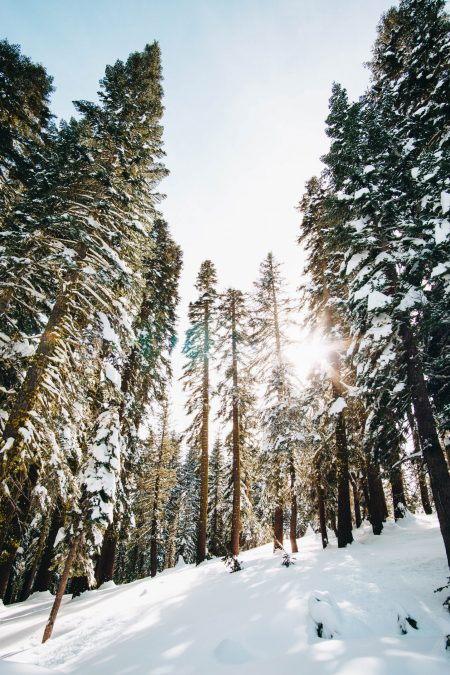Recent divergence in the contributions of tropical and boreal forests to the terrestrial carbon sink

Tagesson et al. 2020
This paper used satellite data on land cover and a dynamic global vegetation model to estimate the impact of human land use and land cover changes (LULCC) on the contribution of different habitat types to the terrestrial carbon sink between 1992 and 2015. The authors found that tropical and boreal forests contributed the most to carbon sequestration, and were roughly equal in size. The study looked at the output of opposing effects: CO2 fertilisation and nitrogen deposition increased the growth rate of plants in general, whilst LULCC and changes in air temperature, rainfall and cloudiness increased release of CO2 into the air. The net effect was a reduction in the size of the tropical carbon sink but an increase in the size of the boreal carbon sink over the time period studied. The authors conclude that LULCC have reduced the size of the tropical carbon sink more than previously estimated. Read the paper here.




